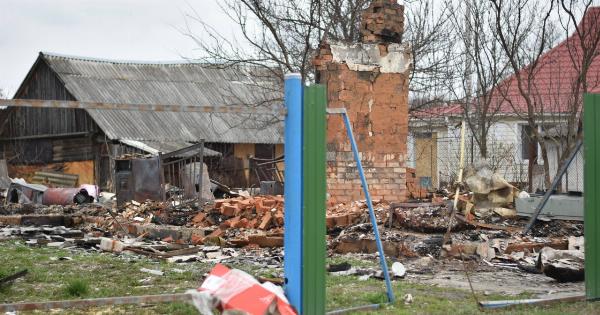The COVID-19 pandemic has had a profound impact on both the economy and healthcare systems across the world.
As governments and businesses have struggled to respond to the crisis, the stock market has taken a hit, and hospitalizations have risen dramatically. In this article, we will explore the ways in which falling stocks and rising hospitalizations are interconnected.
Stocks Drop as COVID-19 Spreads
As news of the virus first started to spread in early 2020, investors scrambled to understand the potential impact on the economy.
Stocks dropped dramatically in February and March, as analysts predicted widespread disruptions to travel, manufacturing, and other industries. The Dow Jones Industrial Average fell by over 10,000 points in just six weeks, representing a loss of over a third of its value.
One of the main reasons for the stock market’s decline was the uncertainty surrounding the virus.
As governments around the world began enforcing lockdowns and other measures to slow its spread, investors worried about the long-term impact on businesses. Many companies saw their revenue drop sharply, and some were forced to close their doors permanently.
In addition, COVID-19 has caused significant disruptions to global supply chains. As factories shut down and workers stayed home, businesses struggled to obtain the materials and resources they needed to operate.
This in turn led to shortages of goods and services, further exacerbating the economic fallout.
Hospitalizations Surge as Healthcare Systems Struggle to Cope
As the number of COVID-19 cases began to rise, healthcare systems around the world faced an unprecedented challenge. Hospitals were quickly overwhelmed with patients, and many lacked the resources and equipment they needed to care for them.
In the United States, for example, hospitals quickly ran out of personal protective equipment (PPE) such as masks and gloves, as well as ventilators and other critical medical supplies.
Some hospitals had to resort to using garbage bags as makeshift gowns, while others faced shortages of vital medications and other supplies.
The surge in hospitalizations also put a strain on healthcare workers. Many doctors, nurses, and other medical professionals were forced to work long hours in dangerous conditions, putting their own health and safety at risk.
Some healthcare workers contracted the virus themselves, further worsening the situation.
The Interconnected Nature of the Crisis
While the impact of falling stocks and rising hospitalizations may seem disconnected at first glance, the two are actually closely intertwined.
The economic fallout from the pandemic has put a strain on healthcare systems around the world, while the strain on healthcare systems has in turn had a negative impact on the economy.
For example, as hospitals have struggled to cope with the influx of patients, many elective surgeries and procedures have been postponed or canceled.
This has had a significant impact on the healthcare industry, which relies on these procedures for a significant portion of its revenue. As a result, many healthcare providers have had to furlough or lay off employees, further worsening the economic situation.
In addition, the pandemic has highlighted inequalities in both the healthcare and economic systems.
In many countries, low-income and marginalized communities have been disproportionately impacted by the virus, as they often lack access to quality healthcare and other resources. Similarly, many of the jobs that have been lost due to the pandemic are low-paying hourly jobs, which typically offer little in the way of benefits or job security.
Conclusion
The COVID-19 pandemic has had a profound impact on both the economy and healthcare systems across the world. Falling stocks and rising hospitalizations are just two examples of the interconnected nature of this crisis.
As governments and businesses continue to grapple with the pandemic, it is clear that the road to recovery will be long and difficult.






























